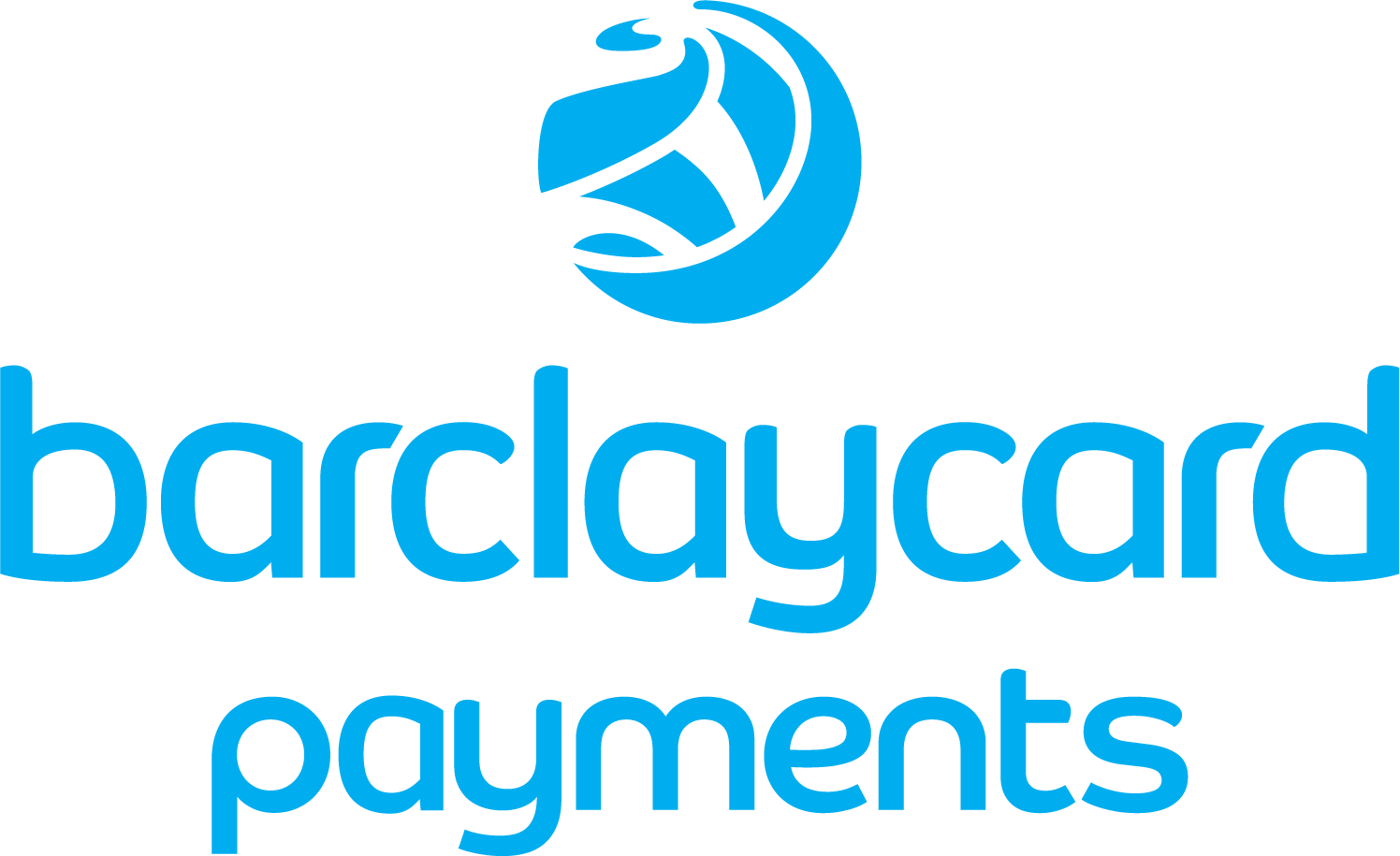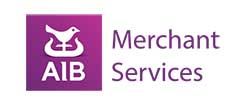- Accept card payments – lowest rates from 0.27%
- Keep your card processing fees to a minimum
- Direct access to the UK’s leading card processing banks
- We ensure your rates always remain competitive
No spam emails or calls
Choose from the payment methods then click Next
What's your turnover each month?
Enter the name of your company
Enter your company's postcode and contact number






Understanding Electronic Payment: Benefits and Key Features Explained
In today’s fast-paced digital economy, electronic payment systems have revolutionised how businesses and consumers handle financial transactions. An electronic payment system facilitates transactions without the need for physical cash or checks. From online purchases to supplier payments, digital transactions offer speed, convenience, and enhanced security compared to traditional payment methods like physical cash or paper checks.
This guide explores electronic payment methods, how they work, their benefits, and key considerations for businesses and consumers in the UK.
What Are Electronic Payments?
Electronic payments (e-payments) refer to any payment methods that allow money to be transferred digitally without physical exchange. These transactions occur through electronic payment systems, such as payment gateways, online banking, credit or debit card transactions, or bank transfer payments like ACH transfers, and mobile wallets like Apple Pay and Google Pay.
Unlike traditional paper checks or cash transactions, e-payments enable instant transfer of funds, improving cash flow and reducing reliance on manual processes.
Definition of Electronic Payments
Electronic payments refer to the transfer of funds from one party to another through electronic means, such as online banking, mobile payments, or digital wallets. This type of payment method allows for fast, secure, and convenient transactions, reducing the need for physical cash and checks. Electronic payments can be made using various methods, including credit and debit cards, bank transfers, and online payment platforms. By leveraging these digital methods, both consumers and businesses can enjoy streamlined financial transactions, enhanced security, and improved cash flow management.
How Do Electronic Payments Work?
The entire payment process involves several steps, depending on the payment type used:
- Initiation: A customer pays for goods or services electronically via credit or debit cards, bank transfers, or digital wallets.
- Authorization: The payment processor verifies the payment details with the financial institution (e.g., bank or card issuer).
- Processing: The payment gateway securely transmits the payment information to complete the transaction.
- Settlement: Funds move from the customer’s bank account to the merchant’s account, often within 1-3 business days.
For ACH payments (Automated Clearing House) or wire transfers, the process may take slightly longer than card payments but remains faster than paper checks.
Types of Electronic Payments
There are several types of electronic payments, each serving different needs:
1. Credit and Debit Cards
The most common form of digital payment, card payments allow consumers to make online transactions or in-store purchases via point of sale systems. Major card networks (Visa, Mastercard) facilitate these secure transactions.
2. Bank Transfers
- ACH Transfers: Bank transfer payments can be made using different methods, such as ACH transfers, which are used for direct deposits, recurring bills, and supplier payments.
- Wire Transfers: Faster but may incur higher transaction fees.
3. ACH Payments
ACH (Automated Clearing House) payments are a type of electronic payment that allows for the transfer of funds from one bank account to another. ACH payments are commonly used for direct deposit, bill payments, and business-to-business transactions. They are a cost-effective and efficient way to make payments, with lower fees compared to credit card transactions. ACH payments are also secure, as they are processed through a national network and are subject to strict regulations. This makes them an ideal choice for businesses looking to manage their financial transactions efficiently and securely.
3. Digital Wallets (Mobile Payments)
- Apple Pay, Google Pay, and other mobile wallets store card details securely for contactless payments via mobile devices.
4. E-Cash & Cryptocurrencies
Digital currencies like Bitcoin or e-cash systems enable peer-to-peer transactions without intermediaries.
5. Online Payment Gateways
Services like PayPal, Stripe, and other payment gateway providers facilitate online payment processing for e-commerce businesses.
Benefits of Electronic Payment Systems
1. Speed and Convenience
Unlike bank transfers or traditional paper checks, electronic payment processing allows near-instant transactions, improving business efficiency.
2. Enhanced Security
Modern payment systems use encryption, fraud detection, and tokenization to protect sensitive data from unauthorized transactions.
3. Lower Processing Fees
While some methods (e.g., credit cards) have processing fees, others like ACH payments are cost-effective compared to handling physical cash or checks.
4. Better Cash Flow Management
Automated electronic payment processing works seamlessly with accounting software, helping businesses track financial data in real time.
5. Global Accessibility
E-payments enable online transactions across borders, making them ideal for international trade.
Challenges of Electronic Payments
Despite their advantages, electronic payment methods come with some considerations:
- Transaction Fees: Some payment types (e.g., credit and debit cards) incur higher processing fees.
- Security Risks: While rare, cyber threats require robust fraud detection measures.
- Dependence on Technology: System outages can disrupt digital transactions.
How Businesses Can Accept Electronic Payments
To accept payments electronically, businesses need:
- A merchant account (for card payments).
- A payment gateway (for online payment processing).
- Integration with point of sale systems or e-commerce platforms.
- Compliance with security standards (e.g., PCI DSS for card details).
Many payment gateway providers offer all-in-one solutions to streamline electronic payment processing.
Integrating Electronic Payments with Accounting Software
Integrating electronic payments with accounting software can streamline financial operations, reduce errors, and improve cash flow management. This integration allows for automated payment processing, real-time tracking, and reconciliation of transactions, making it easier for businesses to manage their finances.
1. Benefits of Integration
The benefits of integrating electronic payments with accounting software include:
- Improved Efficiency: Automated payment processing reduces manual errors and saves time, allowing businesses to focus on other critical tasks.
- Enhanced Security: Electronic payments are secure and reduce the risk of fraud and theft, providing peace of mind for both businesses and customers.
- Real-Time Tracking: Integration with accounting software provides real-time tracking and reconciliation of transactions, ensuring accurate financial records.
- Improved Cash Flow Management: Automated payment processing and real-time tracking enable better cash flow management, helping businesses maintain a healthy financial status.
- Reduced Costs: Integration with accounting software can reduce transaction fees and costs associated with manual payment processing, leading to significant savings.
2. How to Integrate Electronic Payments with Accounting Software
To integrate electronic payments with accounting software, follow these steps:
- Choose an Accounting Software: Select an accounting software that supports electronic payment integration and meets your business needs.
- Select a Payment Gateway Provider: Choose a payment gateway provider that integrates seamlessly with your accounting software to ensure smooth payment processing.
- Set Up Your Payment Gateway Account: Configure your payment gateway account and link it to your accounting software to start accepting electronic payments.
- Test Your Integration: Conduct thorough testing to ensure that the integration works seamlessly and that payments are processed and reconciled accurately.
- Monitor and Reconcile Transactions: Regularly monitor and reconcile transactions to ensure accuracy and security, and to address any issues promptly.
By integrating electronic payments with accounting software, businesses can improve efficiency, security, and cash flow management, while reducing costs and errors. This integration is a valuable step towards optimizing financial operations and ensuring smooth and secure transactions.
The Future of Electronic Payments
As technology evolves, trends like mobile payments, contactless cards, and blockchain-based transactions will further shape electronic payment systems. Businesses that adopt these digital payments early can enhance customer experience and stay competitive.
Electronic payment systems have transformed financial transactions, offering speed, security, and efficiency over traditional payment methods. Whether through credit and debit cards, bank transfers, or mobile wallets, e-payments simplify how we transfer funds and manage cash flow.
For UK businesses and consumers, understanding how electronic payments work ensures smarter financial decisions and smoother online transactions. By leveraging the right payment methods, companies can enhance security, reduce costs, and improve overall efficiency in services electronically.
Would you like to integrate electronic payment processing into your business? Choosing the right payment processor and payment types can make all the difference in optimising your financial transactions.